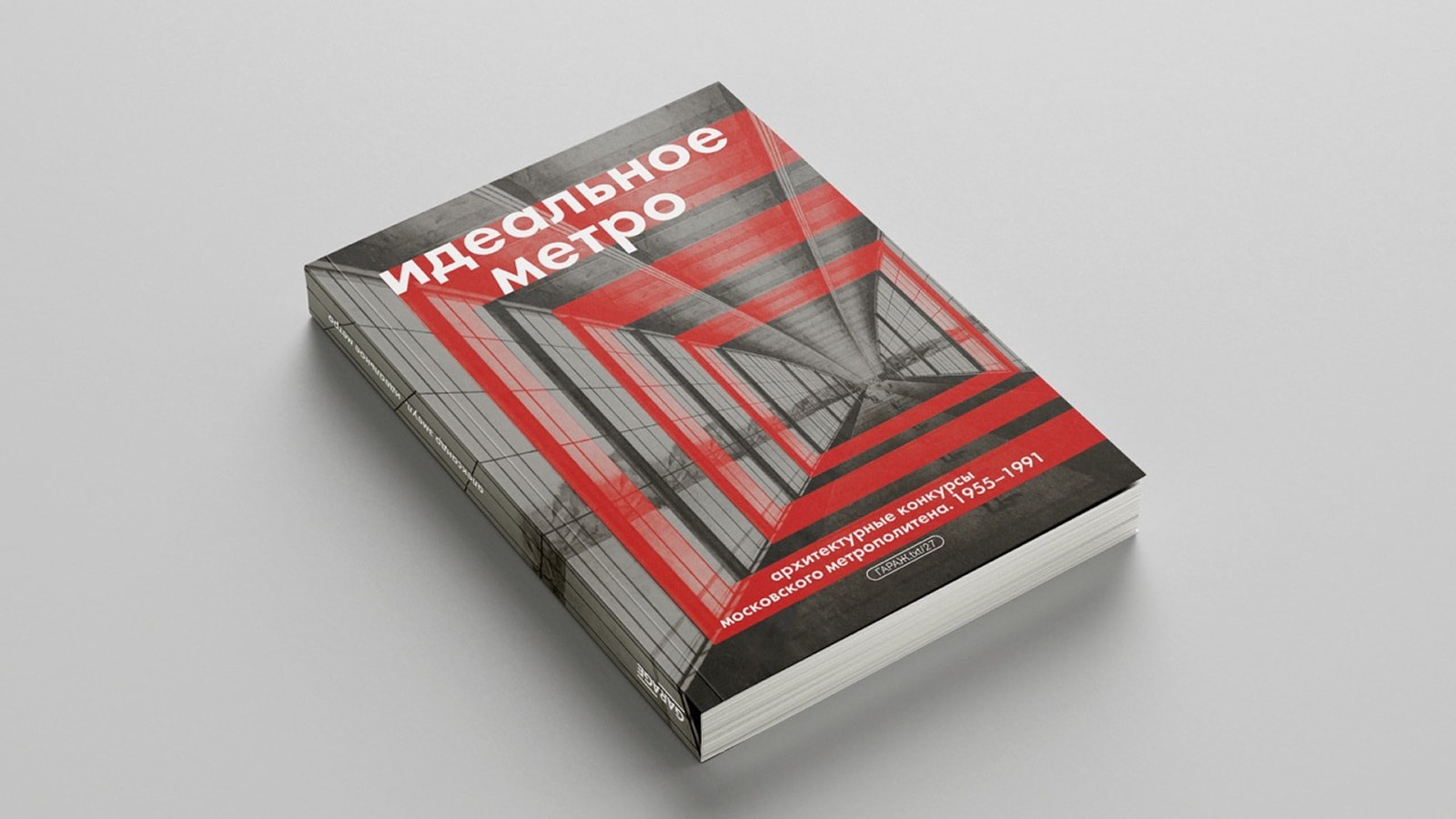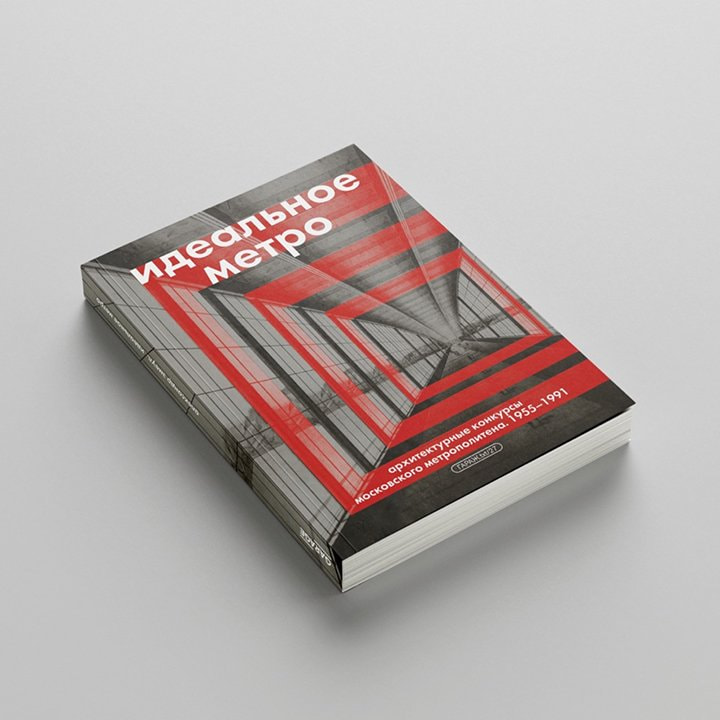The architectural history of the Moscow Metro began with a design competition: submissions opened in March 1934, and within a year some ideas were brought to life in the stations of the first metro line.
For a long time it was believed that such competitions—popular from the 1930s until the early 1950s — were not held later in the twentieth century. This book proves otherwise. The practice continued in the postwar years, resulting, for example, in the designs of the Kitay-Gorod, Nagatinskaya, and Tsvetnoy Bulvar stations.
Architectural competition projects are interesting not only as historical facts. They embody a vision of the metro as an ideal space, both ideological and artistic. The rare drawings and illustrations presented in this book offer a glimpse of the intentions of their authors. The projects reflect their time and reveal echoes of diverse architectural and cultural trends. Competitions provided an avenue for bold and original solutions. Some were realized immediately, others years later, and many remained on paper, but each project is interesting in its own way.






